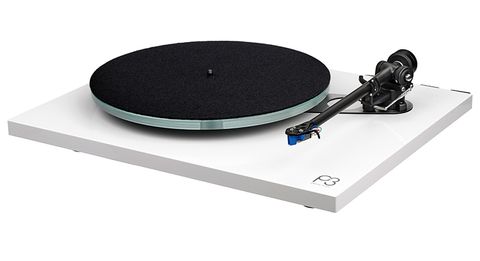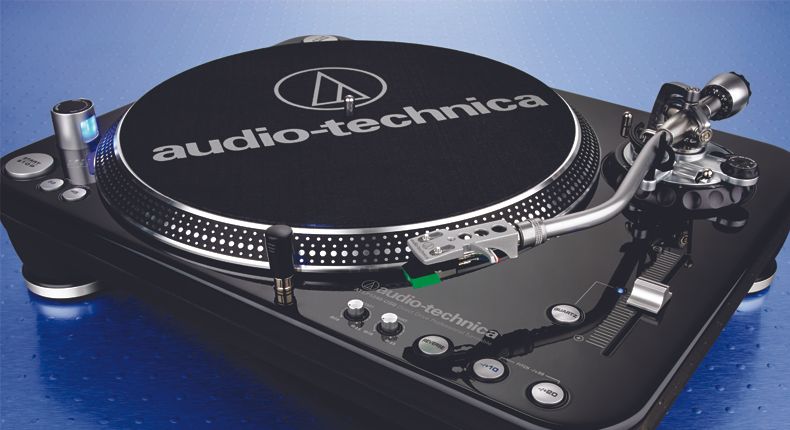Linn’s second-ever turntable design, dubbed “Son of Sondek,” had a lot to live up to. Linn’s attempt to entice silver disc customers back to vinyl was launched in 1987, just as Compact Disc was finally gaining traction. This means it had to outperform decent CD players, be simple to set up and use, and have a nice appearance. By any standard, it was a success on all three counts.
It had an issue with its older sibling, who was revered at the time. Why bother with an Axis when ‘The Best Turntable In The World’ was only £300 extra, argued magazine reviewers? Apart from that, the Axis was a great piece of gear with a lot of unique features – some of which even outperformed its much-lauded bigger brother…
Its clever active power supply, for example, not only gave Linn users push-button 45RPM for the first time, but also changed the power coming into the motor based on the load. It was creative enough that three years later it was featured on Linn’s top Lingo PSU. The Axis also had a unique, non-adjustable rubber suspension system that made it work right out of the box. Unfortunately, this was extremely uncool for people educated in the Cult of Linn, costing the Axis a bunch of Flat Earth brownie points!
The Axis has several features with its bigger sibling, including the same – albeit less well-specified – bearing, aluminium subplatter, and felt mat. The black vinyl-wrapped plinth was less expensive than the LP12, but it was nonetheless attractive, and it appeared fresher and more contemporary than the Sondek when combined with the brushed satin black top plate.
The original Axis retailed for £299 with an LVX+ plus arm, which was a bargain when compared to the armless Valhalla LP12. Unfortunately, while being a distant cousin of the ADC ALT-1, the LVX was only just capable of detecting a mid-priced moving magnet cartridge. The Akito that replaced it in 1989 was a far more durable design, but it couldn’t compete with Rega’s giant-killing RB300.
The Axis was never the best sounding turntable in its price range — that honor went to the Manticore Mantra – but it was a pretty decent second. It still sounds remarkably nice by today’s standards when properly set up with a good cartridge like a Linn K9. Surprisingly, it sounds more like Roksan’s Xerxes than its larger brother, being tight, lean, and punchy, with none of the bass bloom or ‘woody’ lower mid coloring that characterized the LP12 at the time. It has good speed stability and dynamics, and it still has that distinctive Linn rhythmic bounce. It isn’t quite a super-deck, but it is a big improvement over a Rega 3.
Drawbacks? Stories of mains surges activating the engine and burning the active power supply have been reported, with the solution being to unplug the deck while not in use. Furthermore, the rubber suspension might become out of line, making it difficult to level the deck. Overall, the Axis is a well-designed and well-built device.
It’s also a good second-hand buy, especially if you’re the odd breed of vinyl-junkie who prefers to listen to music rather than fiddle with his turntable. Pay between £150 and £250 for a one-owner specimen with the original box, then swap out the K9 for a Goldring G1042. The news isn’t so positive in terms of tweaks. True, an Ittok or an Ekos could fit, but you’d be a fool to try Because the Axis isn’t built for it. The later Akito arm would help early LVX fitted decks, but it’s not worth losing sleep over, especially given Linn’s overly optimistic pricing of the current Akito II! Turntable tinkerers need not apply; the Axis is content to simply play music, which it does admirably and with no trouble.






